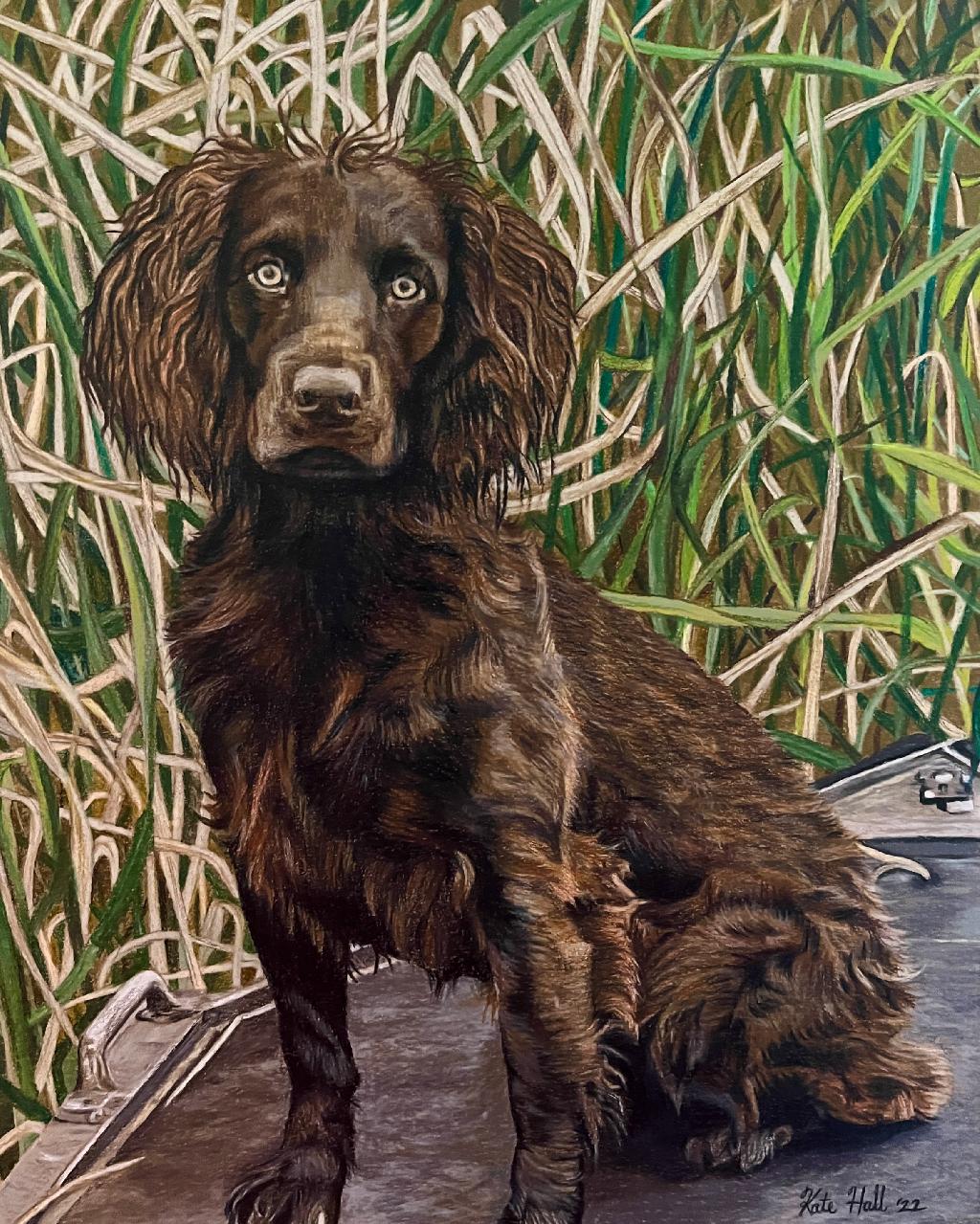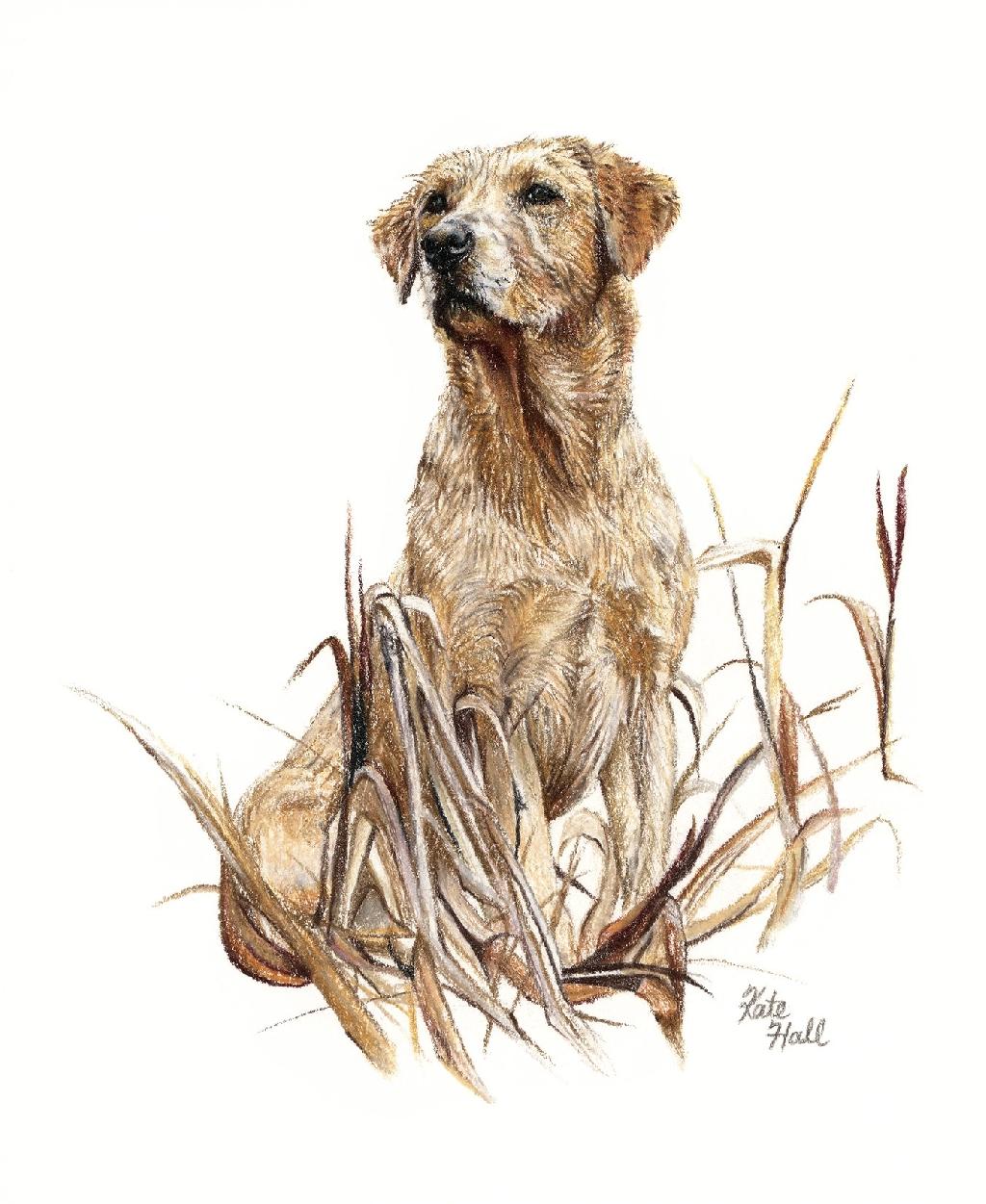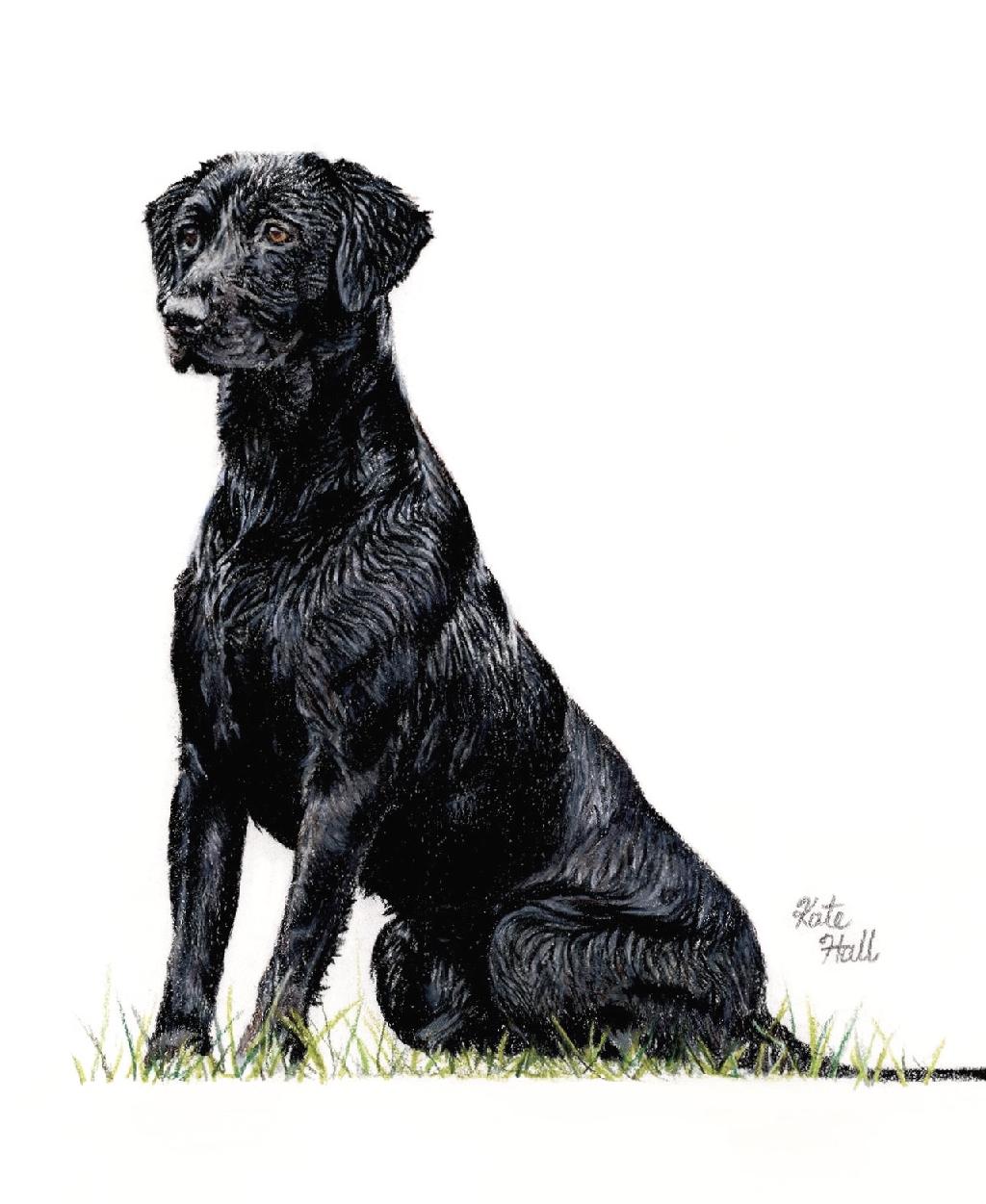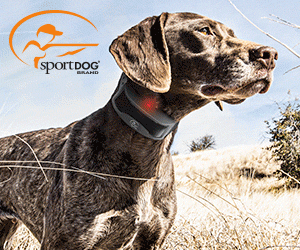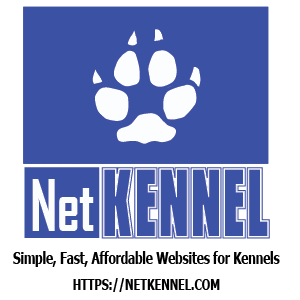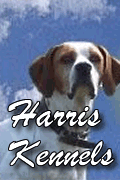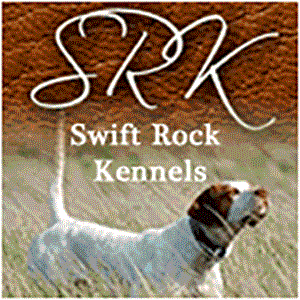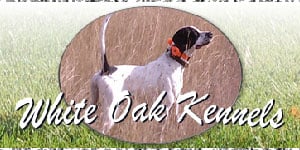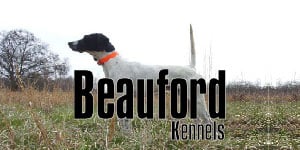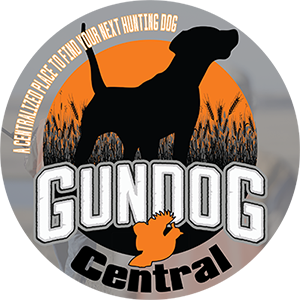Canine Language and Understanding Your Dogs Communication
A high pitched yelp is usually saying this hurts for example if their human steps on their paw. A series of yelps together is I am really hurt bad, come check on me. A single sharp bark usually mid to high range is stop what you are doing now.
The call in the troops or pack bark is usually a continuous multiple bark. The dog is calling for backup to relay someone or something is in our territory and I need backup. The low pitched “rruff” bark come on let’s play (usually at 2:30am with a new puppy). The higher pitched “ruff” is rough and tough playtime, let’s roll in the floor or grass.
It is important that the dog owner understand the basic types of barking so that they know how to react or not react at all. Many dogs bark too much, and require behavior modification training. The annoying barkers that bark for no reason or at other dogs. The annoying barkers that bark for no reason or at other dogs may need more exercise, a structured walk. This walk is about exercise from point a to point b with no distractions. It is about moving and getting the heart rate up whatever that involves including putting the dog on a treadmill. Start out slow as most dogs enjoy the tread mill or play fetch. The point is to make this fun but remember there is a purpose, for example swimming not just one lap or when your pet wants too but as a consistent, effective form of exercise. You may need to start out with 5 minutes and build up to 30 minutes, be attentive to your pet they will let you know when they are fatigued. Compressed air sold in pet stores effectively helps to control barking but you need to be within arm’s length of your pet for this method to work. I always use the word no for every bad behavior. As you activate the compressed air give the command no. Bark collars are also available that vibrate, beep and stimulation if the barking continues. The higher quality collars have sensitivity levels you can set however you may need to try different options for your pet to see what yields the best results.

About the Artist : Kate Hall
Visit artist websiteKate Hall is an outdoor artist who resides on an Angus cattle farm in Tennessee, where she began hunting at an early age. During her 13 years as a flight attendant, Kate visited 27 countries and all 50 states. She now spends her time traveling across the country in search of rising trout and upland birds with her husband and their English Setter. In his first two seasons they hunted on public lands in MT, KS, SC, AL, NC, KY and TN for quail, ruffed grouse, sharptail grouse, woodcock, pheasant, prairie chickens, and hungarian partridge. Upland hunting has enriched Kate's life and influences much of her colored pencil work.
Related Aritlces
Socializing your sporting dog
Socializing your sporting dog. Your faithful hunting companion needs proper socializing, people places and things. As soon as you get your new pup start introducing to everything and everyone. At the beginning just things around your home and kennel. Remember your pup has not had all his or her immunizations. After all shots are complete take your puppy everywhere.
Consistency in Dog Training
Think back to a time when you first started school or a new job. You were probably nervous and didn't know what to expect. How did you make it through those first few months? You had to learn the expectations and how to perform the tasks needed to make you successful. This might have meant performing certain tasks multiple times until you were proficient, or maybe you learned by watching others do the task. It is the same way with your dog when you are beginning training sessions. You have to teach them what you expect of them, and this could mean a lot of repetition for certain tasks. Take your time, don't compare your retriever to other dogs even littermates (they are all different). Be consistent, take your time, join a train group, don't quit. The rewards outweigh the work!

